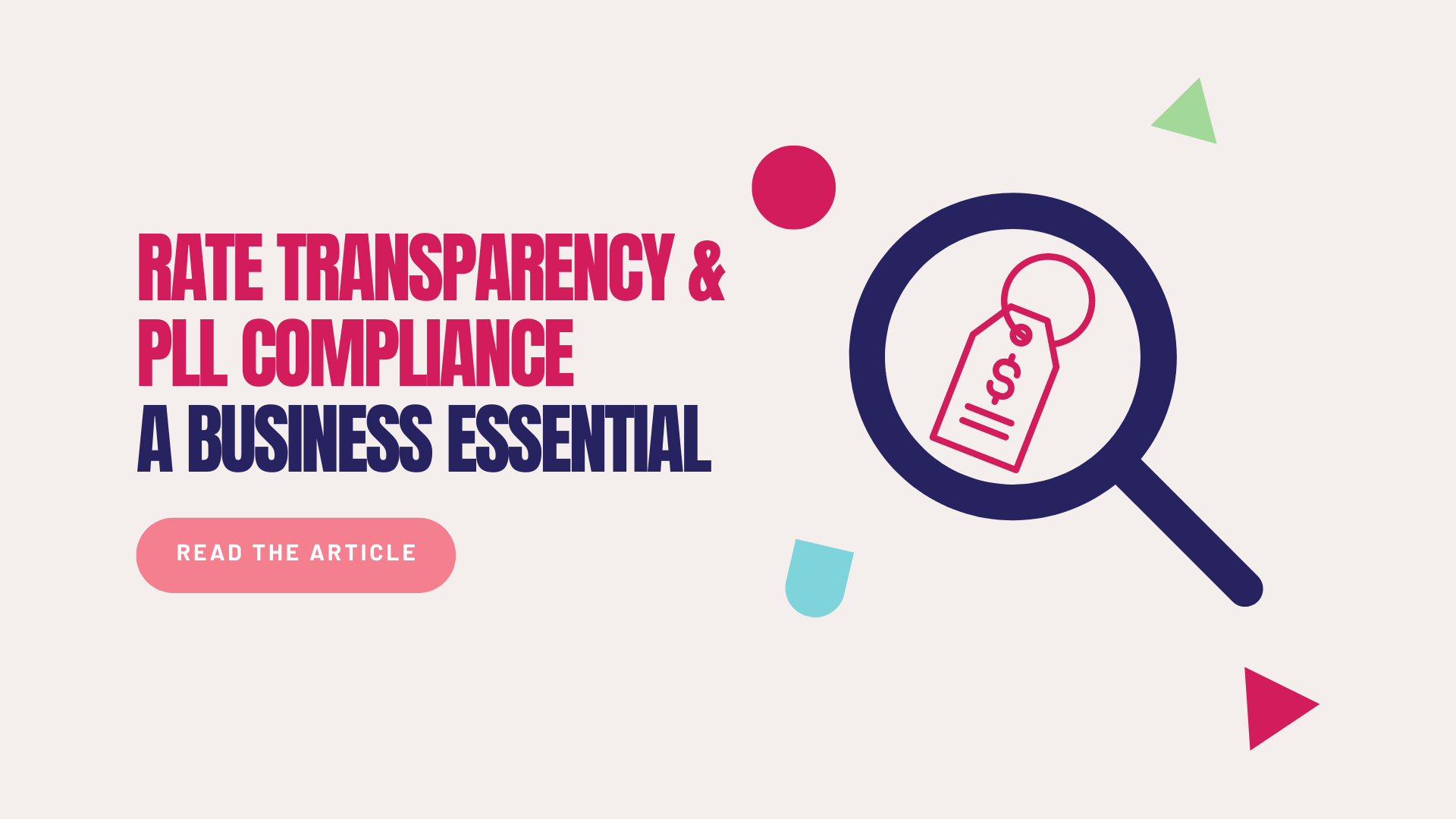Explore the essential guidelines to your website’s Rate Transparency Compliance and Pricing, Labeling, and Listing (PLL) Compliance to protect your business, build consumer trust, and stay ahead of regulatory changes.
Table of Contents
What Is Rate Transparency Compliance?
Rate transparency compliance is essential for businesses as it mandates the clear disclosure of pricing structures, fees, and any potential costs associated with their services.
This transparency is critical for maintaining customer trust, as it eliminates the risk of hidden fees and fosters a sense of honesty and integrity. Adhering to these regulations ensures businesses steer clear of potential legal troubles.
Create a fully optimized digital experience with Digital Spice.
Request a Free Proposal →
How to Ensure Rate Transparency Compliance on Your Website
Implementing rate transparency requires a structured approach. By following these key practices, businesses can ensure clear, accurate, and accessible pricing information for their customers.
- Clear and Detailed Pricing Information: Provide comprehensive details about the prices of products and services. Include base prices, additional fees, taxes, and any other potential costs. Ensure that this information is easily accessible to customers before they make a purchase or commitment.
- Upfront Disclosure of Fees: Disclose all fees upfront, including service fees, processing fees, or any other charges that might apply. Avoid hidden fees that can surprise customers after they have already made a decision.
- Simple and Understandable Language: Use clear and straightforward language to describe pricing and fees. Avoid technical jargon or overly complex terms that might confuse customers. Ensure that all customers can understand the cost implications.
- Accessible Information: Make pricing information readily available and accessible on your website. Ensure that this information is easy to find, through a dedicated pricing page or section.
- Regular Updates: Keep pricing information up-to-date. Review and update rates regularly to reflect any changes in costs, regulatory requirements, or business models. Notify customers of significant changes in advance.
- Breakdown of Costs: Provide a detailed breakdown of what is included in the price. For example, in hospitality, it could mean breaking down room rates, taxes, and additional service charges.
- Comparative Pricing Tools: Where applicable, offer tools or resources that allow customers to compare prices easily. This can help them make informed decisions and see the value in what your business offers compared to competitors.
- Customer Support: Provide channels for customers to ask questions and receive detailed answers about pricing. Ensure that customer service representatives are well-trained and can clearly explain pricing and fees to customers.
- Transparent Contracts and Agreements: Ensure that all contracts and agreements explicitly state pricing and fees. Provide customers with all the necessary information before they sign any contracts, and ensure they understand the financial commitments involved.
What Is Pricing, Labeling, and Listing (PLL) Compliance?
PLL compliance refers to adherence to various laws, regulations, and standards related to the transparency and accuracy of Pricing, Labeling, and Listing of products and services.
This compliance ensures that consumers receive clear and honest information about what they are purchasing, which protects your business from legal repercussions.
How to Ensure Your Website Is PLL Compliant
Achieving PLL compliance requires a systematic approach. By implementing these key practices, businesses can ensure accurate and transparent product information across all channels.
- Accurate Pricing: Ensure that all prices displayed on your website are accurate and up to date. This includes base prices, discounts, taxes, and any additional fees. Regularly audit pricing information to maintain accuracy.
- Transparent Labeling: Provide clear, comprehensive, and truthful labels for all products. Labels should include key information such as ingredients, nutritional facts, usage instructions, expiration dates, and safety warnings where applicable.
- Comprehensive Listings: Ensure that online product listings include all necessary details. This includes product descriptions and any other relevant information that helps consumers make informed decisions.
- Regular Audits and Reviews: Conduct regular audits of pricing, labeling, and listings to ensure compliance with all relevant laws and standards. This helps identify and correct any discrepancies promptly.
- Consumer Communication: Establish clear channels for consumers to ask questions and provide feedback about pricing, labeling, and listing information. Ensure that customer service representatives can address compliance-related inquiries effectively.
- Transparency in Promotions: Clearly communicate terms and conditions for promotions and discounts.
- Documentation and Record-Keeping: Maintain detailed records of all pricing, labeling, and listing information. This documentation is crucial for demonstrating compliance during audits and regulatory inspections.
- Adherence to Advertising Standards: Ensure that all advertising materials accurately reflect the pricing, labeling, and listing information.
Ready to Create a Fully Optimized Website?
Digital Spice is a creative digital agency specialized in planning, designing, and building high-performance digital experiences.
We’ll work with you to ensure your website fosters trust, meets legal requirements, and supports your marketing goals.
Email us at [email protected] or click here to request a free quote.
Let’s get digital!







